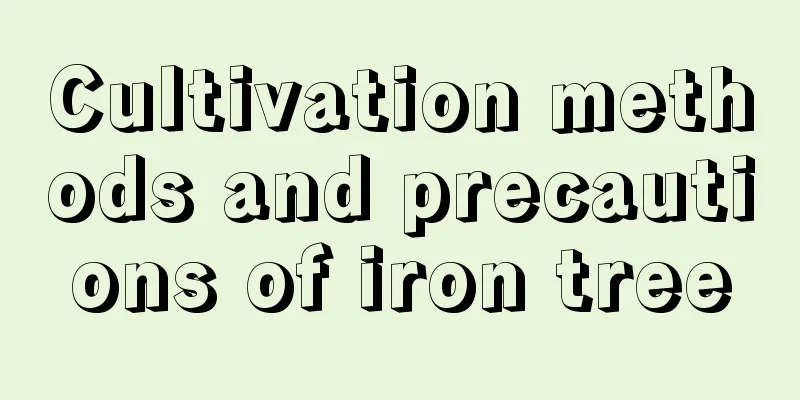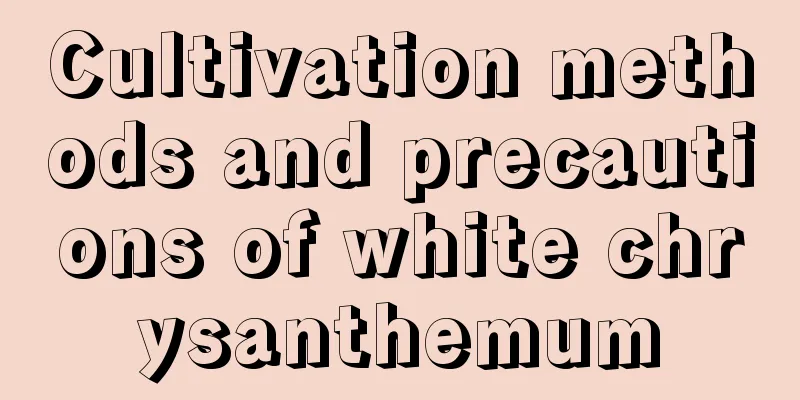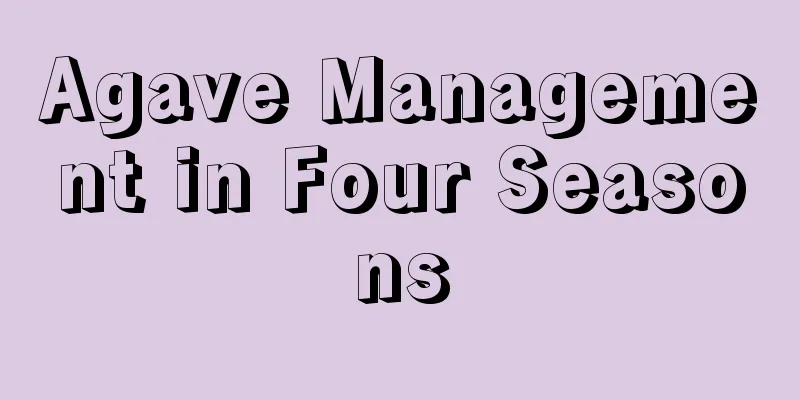Advantages and disadvantages of fine wave rose

|
The wavy rose is a shrub rose. Mature plants can grow up to 120 cm in height. It blooms frequently, with a flower diameter of about 8 to 10 cm. Its color is pink mixed with purple-red. During the cultivation process, it is also discovered that its color is related to temperature, and the petals are wavy, not a ripple effect. Advantages of fine wave roseThe advantages of the wavy rose are that the flowers have texture, are not easy to deform or burn, grow well, maintain flower shape well, are heat-resistant, drought-resistant and cold-resistant, and perform excellently in summer. The petals will have wavy edges, and in spring, autumn and winter they will mostly have widow's peak petals. They are easy to care for, easy to survive, have a long flowering period, and have a strong floral scent. Disadvantages of fine wave roseThe disadvantages of the wavy rose are that the buds are difficult to open in spring and autumn because of the large number of petals, the buds will rot if exposed to rain for a long time, the roots are prone to rot and disease, the ability to resist invasion by pests and diseases is poor, and the flowers are relatively large and not easy to prune. Key points for fine wave maintenance1. Soil The fine-wave rose should be planted in loose, fertile and humus-rich soil. Before planting, you can also add an appropriate amount of nutrient solution to the soil to increase the nutritional content of the soil and promote the normal growth of the plant. 2. Lighting The wavy rose loves light, but strong sunlight will burn the surface of the branches and leaves. Appropriate shade is needed in summer. If the light conditions do not meet the requirements, the branches and leaves will grow too long and will not bloom normally. 3. Moisture The demand for water for the wavy rose is very high during the growing season. Keep watering at a frequency of once every one to two days. When the temperature is high in summer, you can spray the branches and leaves appropriately to lower the surface temperature of the branches and leaves. 4. Fertilization The rose also requires fertilizer. It should be fertilized once every half a month during the bud stage. The fertilizer and water should be fully diluted before application. High concentration of fertilizer will cause root damage, resulting in yellowing or even falling leaves. |
<<: Thyme cultivation methods and precautions
>>: Breeding methods and precautions of succulent fire fox
Recommend
When is the best time to sow osmanthus seeds?
Osmanthus seeds sowing time Osmanthus seeds can b...
Why not grow crabapples at home?
1. Why not keep it at home? When we say don't...
How to deal with cyclamen after flowering
1. Pruning After the flowering period in May and ...
Can wild tassel flowers be transplanted?
1. Is it possible to transplant? The answer is of...
How to grow lavender, lavender planting method introduction
1. Planting time Lavender grows best in a warm en...
When is the best time to plant Aquilegia seeds?
Aquilegia vulgaris seed planting time Aquilegia i...
How to prevent and treat jasmine branch blight
Symptoms and characteristics of jasmine branch bl...
Can old rice be used as fertilizer?
Old rice as fertilizer Generally, old rice can be...
When to sow the six-fold profit
Sowing in August will bring six times the profit ...
How to trim emeralds to look good
When is the best time to trim emeralds? The best ...
How to grow trumpet creeper in spring
1. Proper pruning Trumpet creeper grows rapidly i...
When is the best time to take cuttings of Tigerthorn Plum? What month is the best time to take cuttings?
Euphorbia cutting time Euphorbia milii can be pro...
When does Daphne odora bloom?
1. Flowering period The flowering period of Daphn...
Growth conditions and characteristics of agarwood
Agarwood Growth Conditions Agarwood, also known a...
Chlorophytum and Pothos grow too slowly. When will they grow into a waterfall?
1. What should I do if the green radish grows slo...









